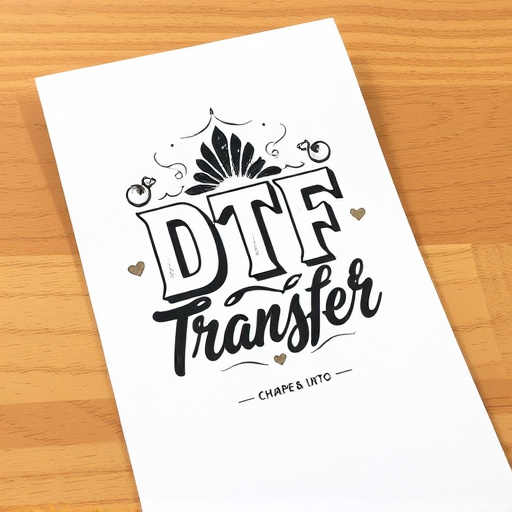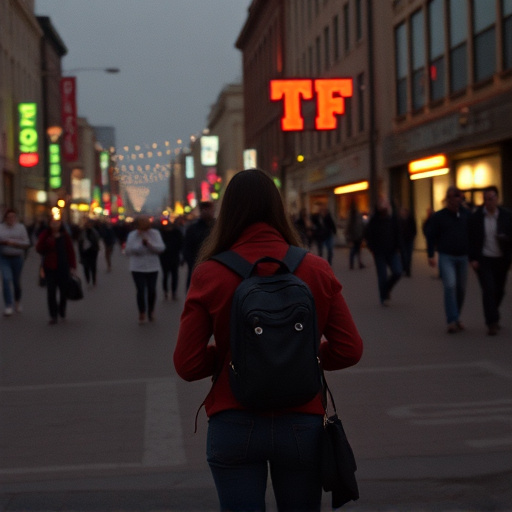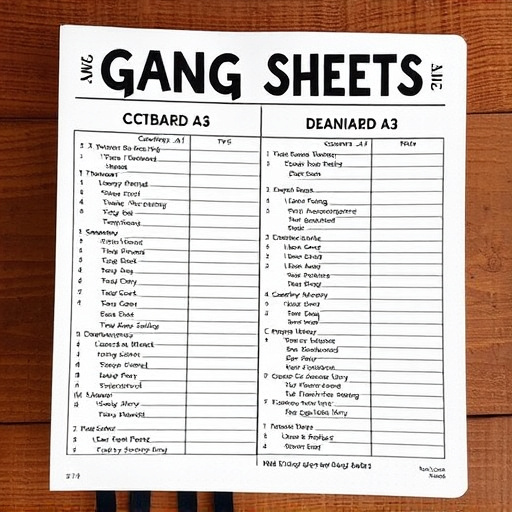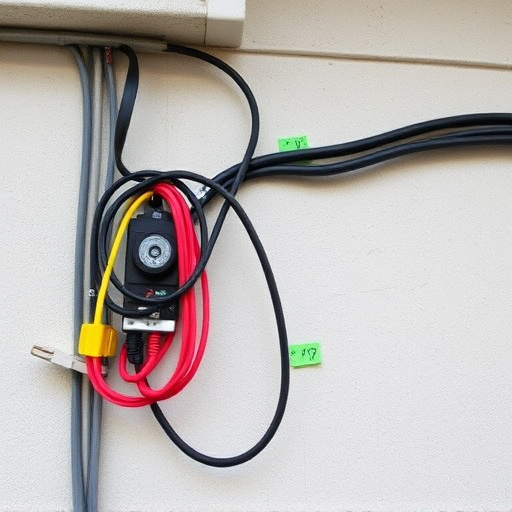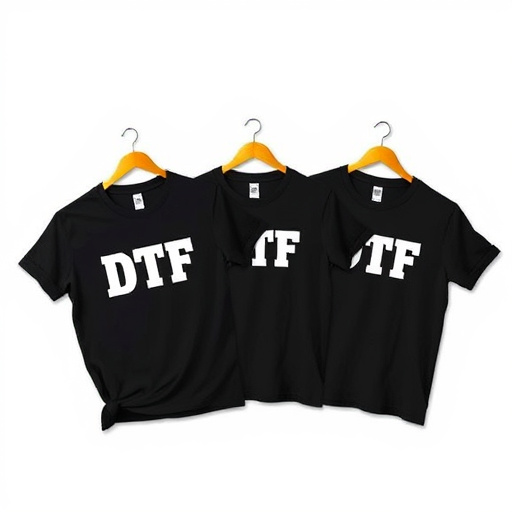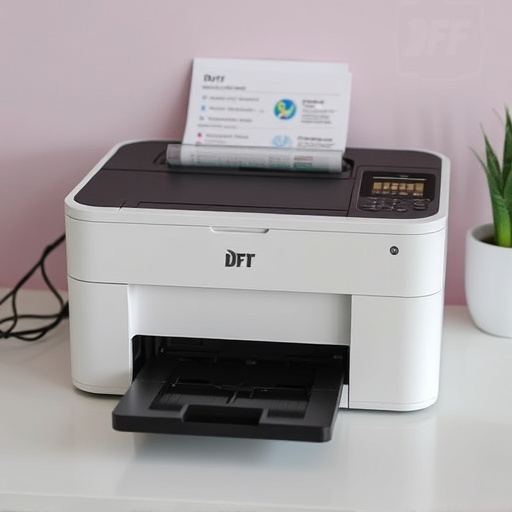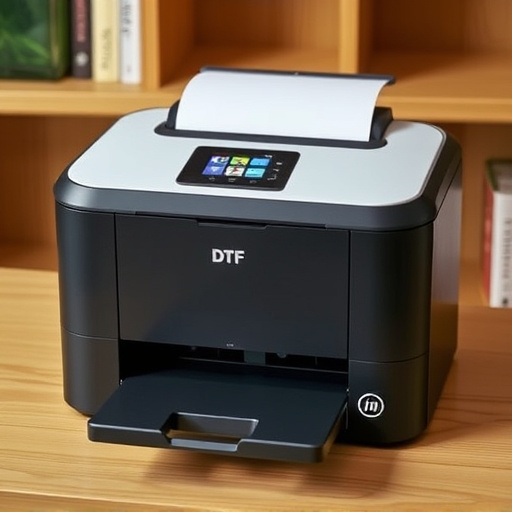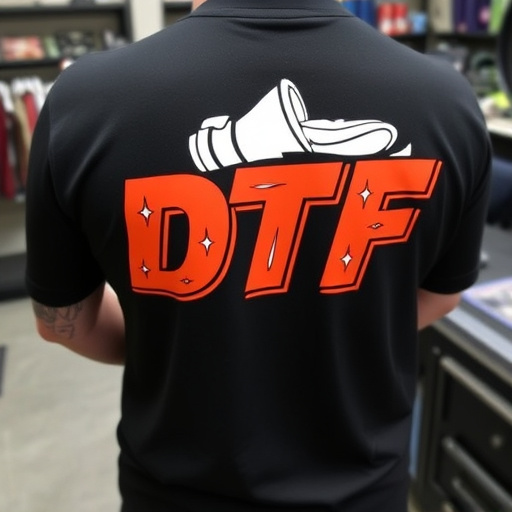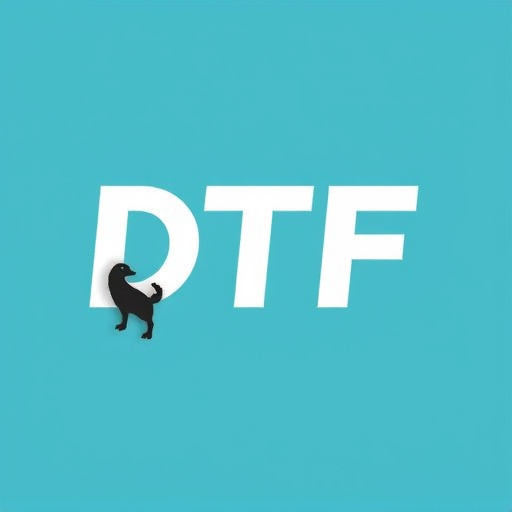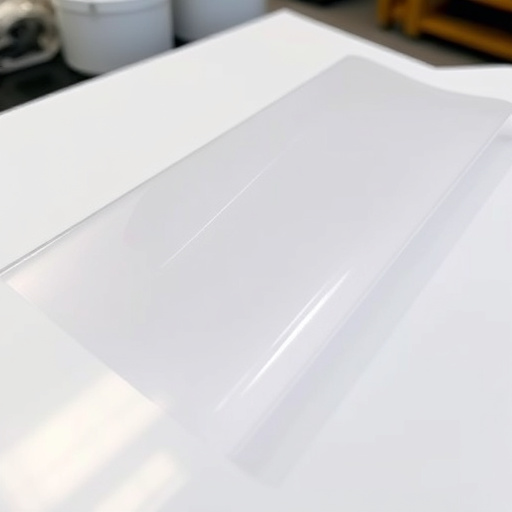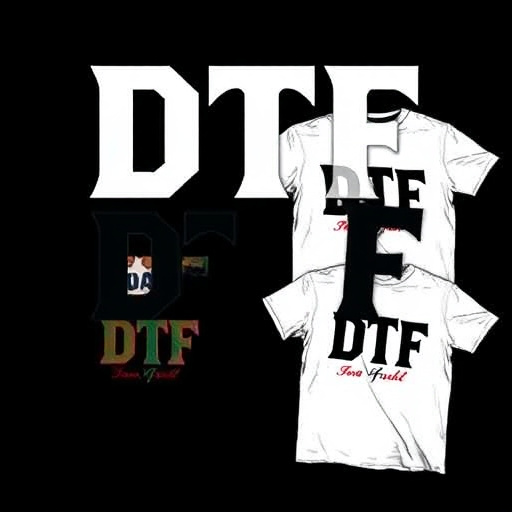Direct-to-Film (DTF) Transfers revolutionize art reproduction by directly applying digital artwork to film materials, ensuring high-quality prints. Key factors for optimal results include color accuracy, resolution, and selecting suitable film stock. The process involves preparing artwork, converting it into a film-ready file, and then transferring the image using advanced technology with high-quality inks. DTF is ideal for promotional items, apparel, and signage, offering exceptional durability. It preserves original footage quality, maintaining colors, contrast, and details, appealing to professional videographers creating content for online platforms or streaming services.
Direct-to-Film Transfers (DTFT) are transforming the way we consume media, offering a direct path from content creation to big screens. This innovative process bypasses traditional distribution channels, enabling filmmakers to release their work promptly and cost-effectively. In this article, we unravel the intricacies of DTFT, exploring its mechanics, advantages, and diverse applications that are redefining the cinematic landscape. Discover how this game-changing technology is revolutionizing film accessibility and quality.
- Understanding Direct-To-Film Transfers: The Basics
- How Direct-To-Film Transfers Are Made
- Benefits and Applications of Direct-To-Film Transfers
Understanding Direct-To-Film Transfers: The Basics

Direct-to-Film Transfers (DTF) represent a cutting-edge method in the printing and art reproduction world. This innovative process allows for the direct application of digital artwork onto various film materials, enabling precise and high-quality prints. Unlike traditional methods that rely on intermediate steps like computer-to-plate (CTP), DTF streams digital data directly into the printing press, ensuring a seamless transition from digital file to physical print.
Understanding the core dtf design requirements is paramount for achieving optimal results. These include considerations such as color accuracy, resolution, and the chosen film material. By adhering to these guidelines, artists and designers can ensure their artwork transfers accurately and effectively onto the final medium. The convenience of dtf online ordering further streamlines the process, allowing users to submit their designs digitally and receive precise prints tailored to their specifications.
How Direct-To-Film Transfers Are Made
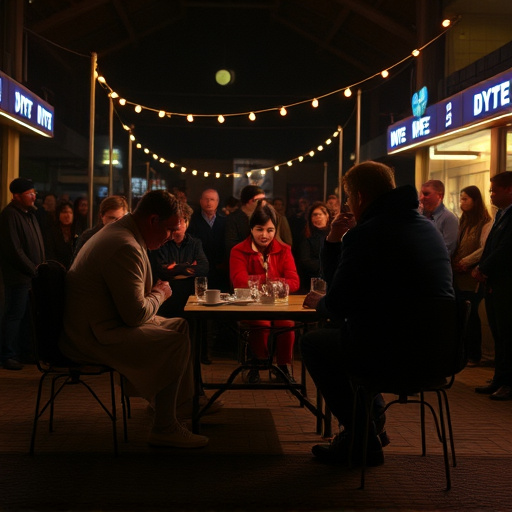
Direct-to-Film (DTF) Transfers are created through a specialized printing process that involves transferring images and designs directly onto film or substrate using advanced technology. The process starts with preparing the artwork, ensuring it’s in the correct format and resolution for optimal printing. This digital art is then converted into a film-ready file, often employing software designed for dtf small orders and custom dtf transfers.
The actual transfer takes place in a controlled environment where the chosen substrate is positioned precisely beneath a printing mechanism. High-quality inks are applied, creating a vivid and detailed image that becomes part of the film or material. This method allows for intricate designs, vibrant colors, and precise registration, making it ideal for various applications like promotional items, apparel, and signage. The finished product, whether a dtf transfer printing on fabric or another surface, offers exceptional durability and longevity, ensuring the design remains crisp even after multiple washes or exposures to sunlight.
Benefits and Applications of Direct-To-Film Transfers

Direct-To-Film (DTF) transfers offer a range of benefits for both creators and consumers in various industries. One of the key advantages is the ability to preserve the original quality and aesthetic of footage, ensuring that colors, contrast, and details remain intact from capture to display. This makes DTF particularly appealing for professional videographers and filmmakers who seek to maintain the integrity of their work, especially when creating content for online platforms or streaming services.
The applications of Direct-To-Film transfers are diverse. They can be used in video editing, motion graphics, and even in theme parks and museums to create immersive experiences. For instance, theme park developers use DTF technology to project high-definition images onto large surfaces, enhancing the visual impact of rides and attractions. Similarly, museums can employ DTF to display historical footage or create interactive exhibits that offer visitors a unique, up-close experience with historical events. By uploading your own gang sheet and following detailed DTF application instructions, creators can achieve exceptional results, ensuring longer-lasting and more vibrant visuals compared to traditional printing methods, thereby boosting the overall durability of their projects.
Direct-to-Film Transfers (DTFT) represent a cutting-edge technology that seamlessly bridges the gap between traditional film and digital media. By bypassing the intermediate steps of editing and scanning, DTFT allows for the direct capture and preservation of cinematic quality on a digital format. This innovative process offers numerous benefits, from enhanced image clarity to expanded creative possibilities, revolutionizing how filmmakers and audiences experience visual storytelling. As we continue to navigate the ever-evolving landscape of media production, understanding and leveraging Direct-to-Film Transfers will be key in shaping the future of cinema.
